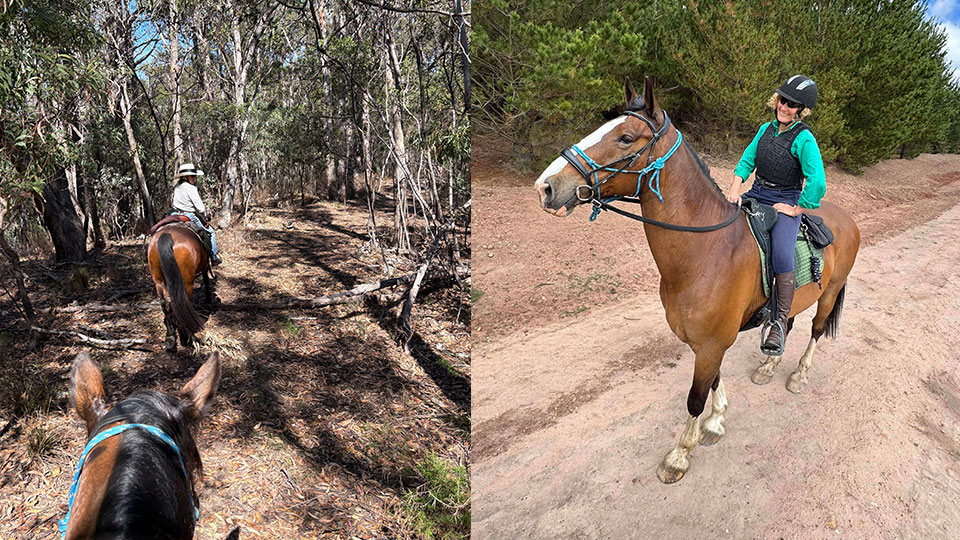
Trust is not binary. It’s not yes or no, black or white, off or on. It’s not ‘I trust you’ or ‘I don’t trust you’. Trust is subjective and contextual.
To get to the bottom of trust in a leadership team, we need a more considered and sophisticated way to explore trust.
The model I find most practical and accessible is from Charles Feltmen’s Thin Book of Trust*. It distinguishes between four key elements that contribute to trust:
- Care: That you consider both your interests and those of others.
- Sincerity: That you are honest, say what you mean and mean what you say, and your behaviours align with your words. That your opinions are valid, useful and backed by sound thinking.
- Reliability: That you honour the commitments and promises you make.
- Competence: That you have the ability (capacity, authority, skills, resources) to do what you commit to.

Figure: Trust as a Decision (Feltman 2021)
To trust or not is not a blanket decision. Instead, trust is a decision based on your assessments across these four domains.
Moving trust from a binary ‘do trust/don’t trust’ to an assessment based on the situation will help you to gain clarity about what is causing you to distrust a peer. This clarity allows you to consider and initiate a fearless conversation to articulate, explore and resolve trust breakdowns. Such conversations require vulnerability from you and invite vulnerability from the other person. They have the potential to be scary, AND can result in much greater trust.
What trust conversation do you need to have? What is the cost of not having them?
Go Fearlessly – Corrinne
* Charles Feltman, 2021, The Thin Book of Trust: An Essential Primer for Building Trust at Work, Thin Book Publishing Co.
STAY IN THE LOOP





